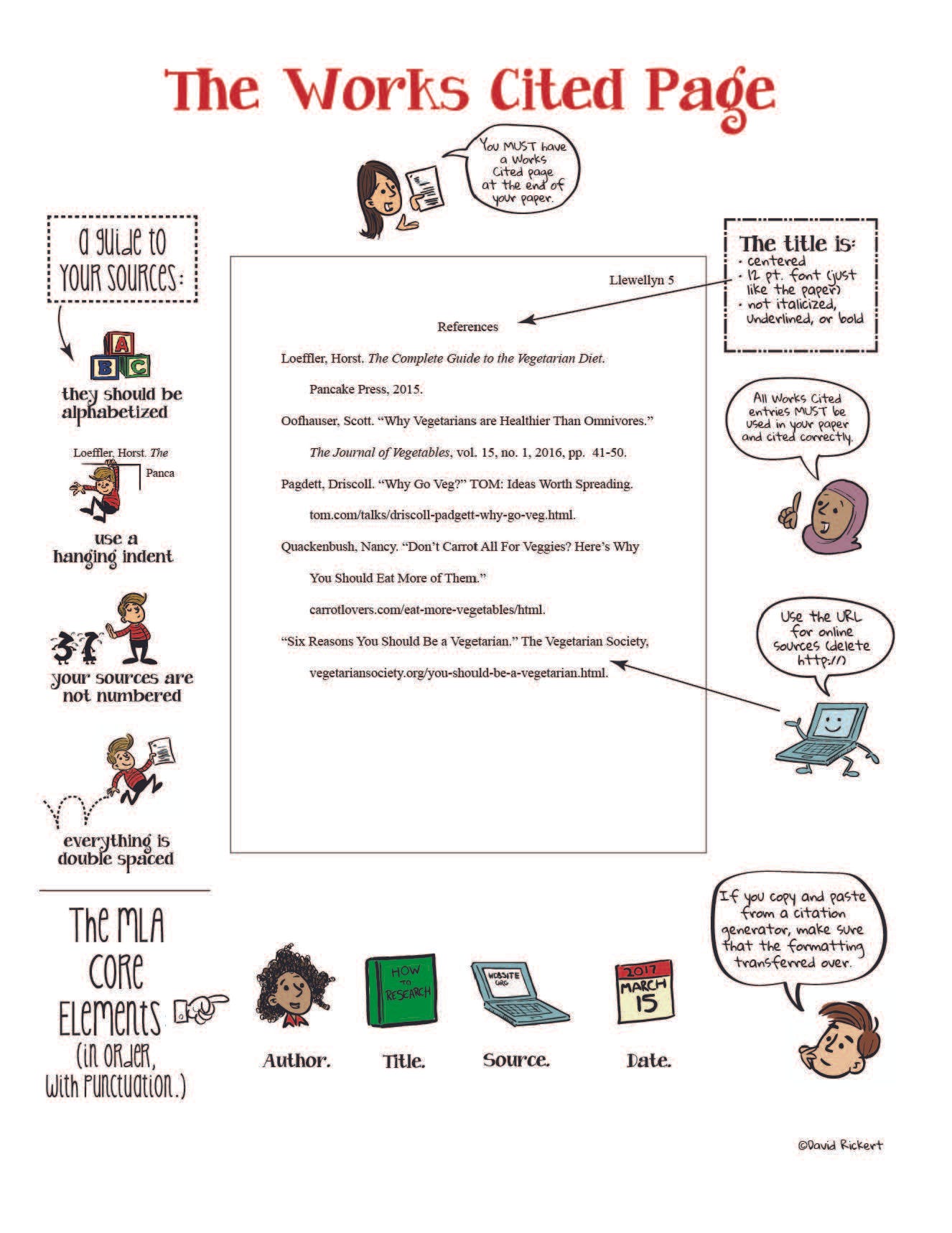Using Comics to Teach Research Papers
Starting a research paper? Use non-fiction comics to introduce the basics of responsible research.
Over the many years I’ve been a teacher, I’ve had to learn to accept certain things. One of those is that my high school students will never remember most things about doing a research paper. If I’m lucky they might acknowledge that they have learned it in the past. But in most cases, it wasn’t something they felt they needed to hang on to.
To be fair, I don’t remember it either—how to do a Works Cited page is something I always have to look up. And it’s also true that AI has made MLA Works Cited entries very easy and virtally foolproof. I even tell my students to use ChatGPT for works cited entries for websites. I know there are some teachers that will bristle at the suggestion, saying this is something kids need to know how to do. But if we are talking about REAL research, who is the Works Cited page for: the writer, or the reader who might need to look up the sources for their own purposes?
What we do want to help kids with is doing responsible research, which in large part means giving credit where credit is due. and this is something we can demand that students learn. For example, my sophomores struggle with understanding that paraphrases need citations as well. I think it’s because most of the content that they see on websites (like while doing research for the class) has no citations or hyperlinks; just a vague list of sources at the end.
But because I’ve written two non-fiction graphic novels, I am very of the importance of proper research. And because I love comics, our English 10 team is using a lesson I devised to review research strategies with non-fiction graphic texts right when we get back from break. It will be a more fun way to review some basics before we get into the nitty-gritty.
But before I get to the lesson, I want to make sure you know that I have several visual guides that are designed to help students with the basics of the research paper. There’s a visual guide for the Works Cited page, in text citations, and thesis statements. You can print them off for each student, or you can blow them up as posters for your classroom. You can find a link to the bundle here, or buy the individual guides from the links there as well. Here’s a sneak peak:
Okay! Onto the lesson! Here it is for free! Or, click the button below. No catches.
I won’t link the entire text here; you’ll have to click on the link for that. But here’s the intro to the lesson:
While a comic might seem like an unconventional way to present research, Aubrey Hirsch’s "American Healthcare is Sick" uses all of the strategies you would find in a traditional research paper. She incorporates facts, statistics, credible evidence, and personal anecdotes to create a powerful argument about the flaws in the American healthcare system. In this assignment, you will analyze how Hirsch uses research methods and visual storytelling to present her argument effectively.
I also recommend Aubrey Hirsch’s Substack in general for good non-fiction comics.
Feel free to let me know what you think and if you have any tweaks! And if you’d like more guidance in using non-fiction comics in the classroom, there will be more of that coming. Feel free to comment in the links below.



Brilliant idea, that engagement of the whole mind is where it’s at for sure.